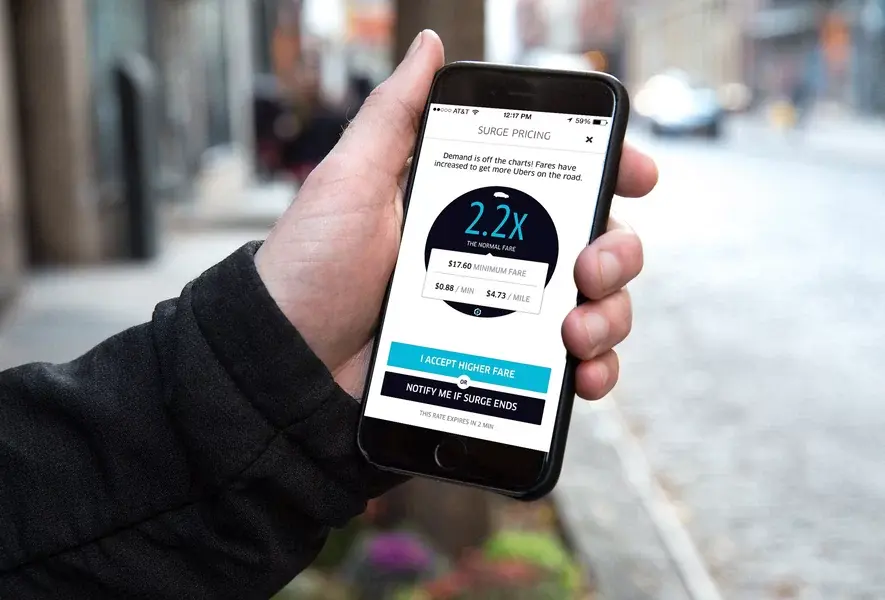How Spotify Took on Apple and Exposed the App Store’s Dark Side
- sambeet parija
- May 2
- 3 min read
Updated: May 17

When we think about Apple, we think about pristine hardware, magical user experiences, and a company that has set the benchmark for product design and ecosystem thinking. Apple is often the pinnacle of innovation. But in the world of paid music, there's a darker side to this story, a tale of how platform power can morph into gatekeeping, and how the scrappy Swedish startup, decided to push back.
Let me take you back a few years. One reason users gravitated toward Spotify over Apple’s iTunes or even Apple Music is simple: Spotify understood music as a service, not just a storefront. Where iTunes was built around the model of purchasing individual tracks or albums, Spotify offered seamless streaming, personalized playlists, and algorithm-driven discovery that felt magical. Features like Discover Weekly, Wrapped, and collaborative playlists weren’t just bells and whistles; they became cultural staples. Spotify turned listening into a dynamic, social, and curated experience. Apple Music always felt like it was playing catch-up, bolting these features on rather than building around them.
Spotify had already become the dominant force in music streaming, at least in terms of user base. But beneath the surface, frustration was growing. Apple, which operated the very marketplace Spotify needed to reach users, charged a 30% commission on all in-app purchases, including subscriptions. For Spotify, this was a crushing overhead. They could either hike prices for iOS users or eat the margin loss. Apple, conveniently, launched its own music service, Apple Music, which didn’t pay this toll. It felt like trying to open a coffee shop in a mall where the landlord not only charged you more rent than others, but also ran their own coffee shop next door, offering better prices and controlling the foot traffic. That’s not competition. That’s control.
In my experience building in tech, the hardest battles are not always with competitors but with the platforms you depend on. You can build the best product, have the most loyal users, and still find yourself boxed in by policy decisions made in a boardroom you don’t sit in. For Spotify, this wasn’t just about getting more paying users; it was about surviving in an ecosystem where the landlord charges rent, sets the rules, and competes with you in the same building.
Spotify didn’t stay silent. They initially tried to navigate the system, removing in-app payment options and directing users to subscribe via their website. But Apple blocked those attempts by rejecting updates and restricting communications. It felt like trying to compete in a boxing match while one arm is tied behind your back. Eventually, Spotify went public with their frustrations. Their 2019 "Time to Play Fair" campaign wasn’t just a PR move, it was a strategic escalation.

What I think Spotify understood well is that when you can’t win on the playing field, you take the fight to the rule-makers. By framing the issue as one of fairness and antitrust, they positioned themselves not just as a competitor to Apple, but as a representative of thousands of app developers facing similar struggles. And it worked. The European Commission opened a formal investigation.
In 2024, the EU fined Apple €1.84 billion for abusing its dominant position. According to Margrethe Vestager, the EU's competition chief, "For a decade, Apple abused its dominant position in the market for the distribution of music streaming apps through the App Store." Apple was found to have restricted developers from informing users about alternative, cheaper subscription options outside of Apple's ecosystem.
The financial impact was immediate. Spotify's stock surged following the ruling. More importantly, the decision allowed Spotify to communicate more transparently with users about pricing and alternatives, helping convert more free users into paying subscribers. Analysts noted a notable uptick in paid signups in markets affected by the EU’s decision.
The crux of the fight really boils down to this: Should the owner of a platform be allowed to compete with others on that same platform under different rules? In any other industry, this would be called anti-competitive behavior. Imagine a mall where the owner runs a shoe store and charges all other shoe stores an entry fee while giving their own store a pass. That’s not innovation, that’s manipulation.
This is a playbook worth studying. When you're in a structurally disadvantaged position, don't just compete. Reframe the narrative. Mobilize allies. Make it bigger than just you. That’s how Spotify turned a business disadvantage into a public conversation.
To be clear, the story isn’t over. Apple still controls the rails. But Spotify has done something powerful: they've made the world see the rails for what they are. They've exposed the toll collectors. And that shift in perception is the beginning of structural change.
In business, clarity is sometimes the sharpest weapon of all. And in this case, Spotify wielded it with precision.




A great place for those who like to experiment with Android! Found modified versions of applications that add Captain Droid useful functions. Everything downloads quickly, no unnecessary confirmations or dubious windows. It feels like the site is made by people who understand what the user needs. Thank you very much!